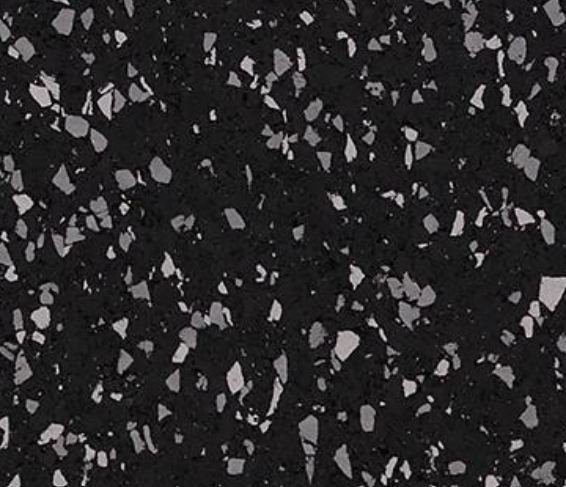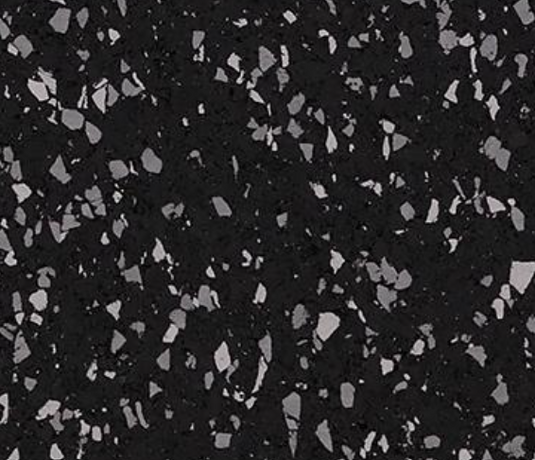Gym Flooring
Create the Perfect Home Gym with Durable Flooring Solutions
Upgrade your workout space with our premium selection of home gym flooring, designed to provide safety, comfort, and durability. Whether you're lifting weights, practicing yoga, or doing high-impact cardio, our flooring options have you covered.
- Interlocking Rubber Tiles: Easy to install, modular design, and ideal for protecting floors from heavy equipment.
- Rubber Rolls: Seamless coverage for larger spaces, offering excellent shock absorption and noise reduction.
Each option is non-slip, easy to clean, and built to withstand intense workouts. Choosing the right flooring depends on your space and fitness routine. Need help deciding? Check out our blog for tips on selecting the best gym flooring for your needs.
Transform your home gym into a professional-grade fitness area. Shop now and find the perfect flooring for your goals!


FAQs
For home gyms, interlocking rubber tiles or thinner rubber rolls (from ¼/6mm to ⅜/9mm) are ideal—they’re easy to install and sufficient for moderate weight use. Commercial gyms often use thicker rolls (½" to ¾") or ultra-durable tiles to handle high foot traffic and heavy equipment, however 8-9 mm is suitable for commercial gyms too.
For heavy lifting, Olympic weight training, or CrossFit, we recommend flooring that’s at least ½ inch thick. For maximum shock absorption and subfloor protection, ¾ inch thickness is preferred. Thinner options are suitable for bodyweight training or cardio zones.
- Tiles: Interlocking and modular, great for small or oddly shaped rooms.
- Rolls: Cover large areas with fewer seams; ideal for commercial setups.
- Mats: Portable and perfect for placing under specific equipment like treadmills or squat racks.
Yes—most rubber tiles interlock like puzzle pieces and require no adhesive. Rubber rolls can be laid flat and optionally secured with double-sided tape. No specialized tools are needed, making it a DIY-friendly project.
Rubber flooring is designed to protect—not damage—subfloors. It acts as a buffer against weights and impact. To be extra cautious on hardwood or tile, you can use an underlayment or check for any rubber marks in high-humidity areas.
High-quality rubber flooring may have a mild smell initially, especially if made from recycled rubber, but it typically fades within a few days with ventilation. When properly maintained, rubber flooring can last 10+ years—even under heavy use.
Sweep or vacuum regularly to remove debris. For deeper cleaning, use a mild soap and water solution or a pH-neutral cleaner. Avoid harsh chemicals like bleach or ammonia, as they may degrade the rubber over time.
Yes—rubber flooring is water-resistant and temperature-tolerant, making it ideal for garages and basements. Outdoor use is possible with UV-stable rubber, but most indoor flooring is not recommended for direct sunlight or constant exposure to moisture.
Many rubber gym flooring products are made from post-consumer recycled rubber, such as used tires. These are environmentally friendly options that reduce waste while delivering excellent performance and durability.
Measure the length and width of your workout area in feet. Multiply them to get square footage. Always add 5–10% overage to account for cutting, trimming, or future expansions. Many brands offer easy-to-use flooring calculators to help.























